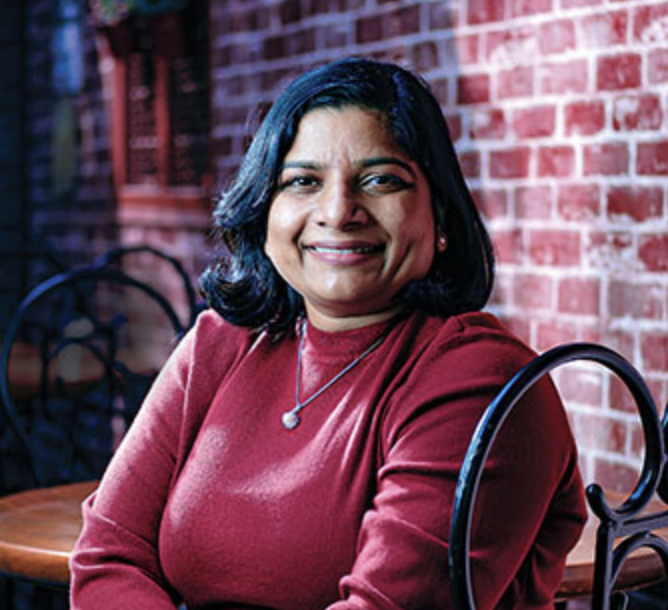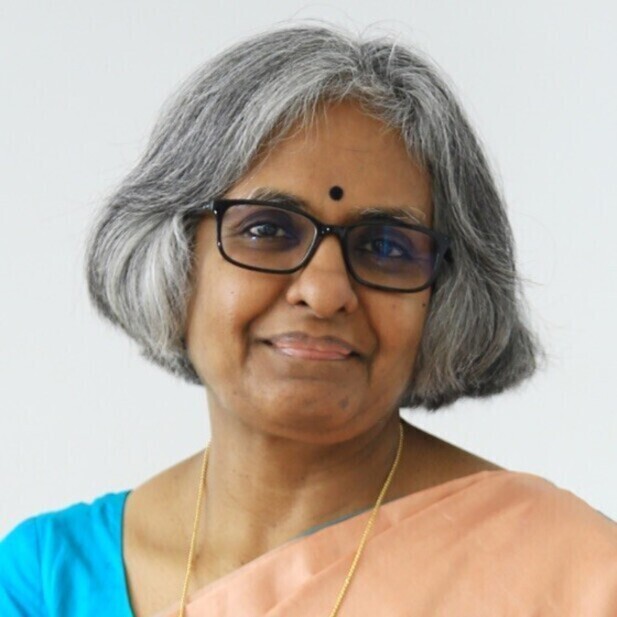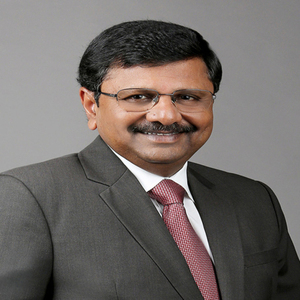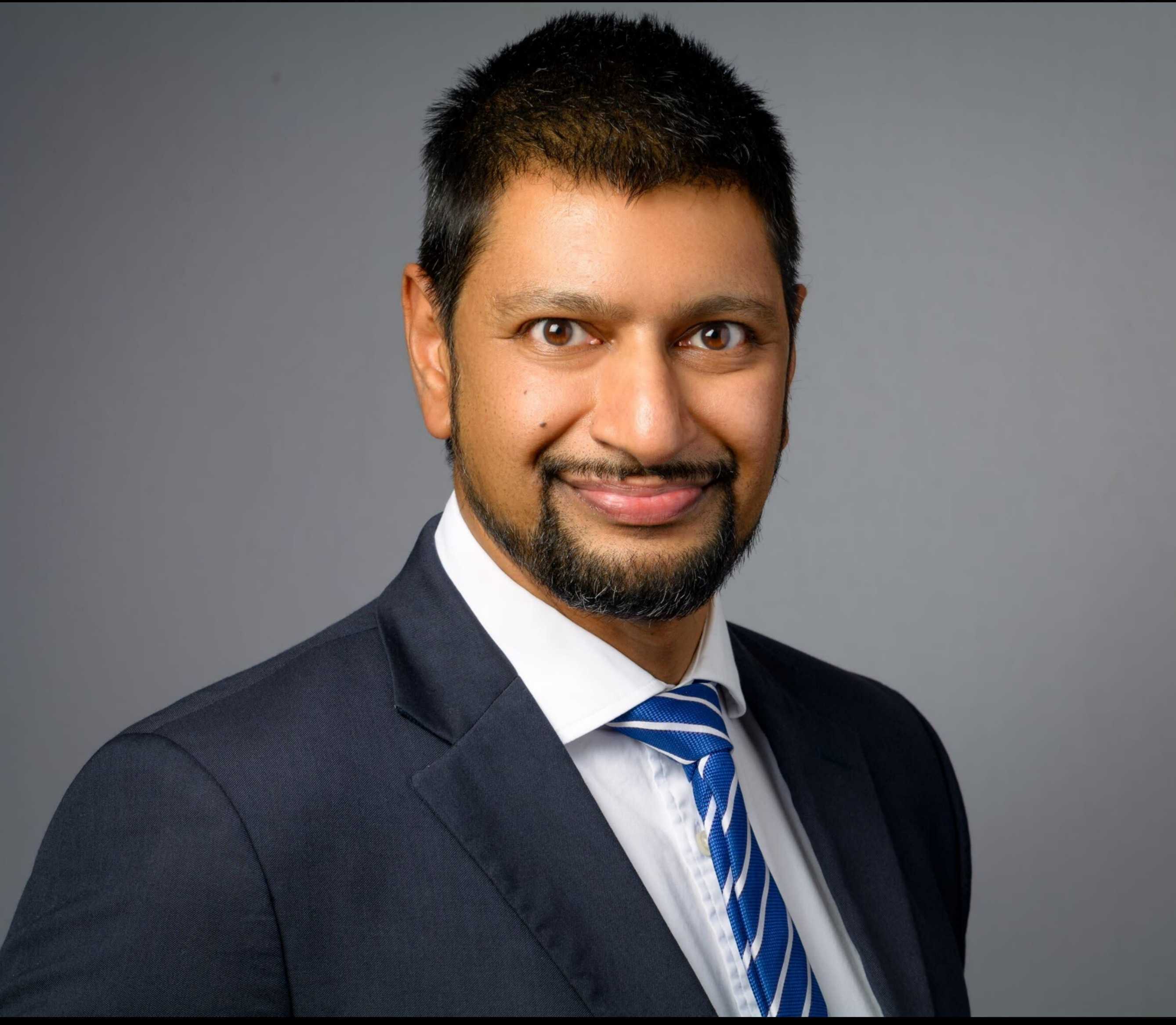In this episode of Nuclei's podcast, we are delighted to welcome Mr. Raveesh Bhatnagar, the Senior Vice President and Head of Digital Business at Induslnd Bank. Having traversed through prominent banking institutions like ICICI Bank and Bank of Baroda, and honed his skills at McKinsey, Raveesh now spearheads Induslnd Bank's digital initiatives, propelling the institution to the forefront of innovative digital banking solutions.
Engaging in a candid conversation with Ankur Joshi, the CEO and founder of Nuclei, Raveesh reflects on his understanding of BFSI after working with top leaders for the past 15 years. This episode promises an in-depth exploration of Raveesh's perspectives on the evolving landscape of banking, digital platforms, and the future trajectory of financial services.
--Transcript Begins--
Ankur Joshi:
Hello, Everyone. I'm Ankur Joshi, the founder and CEO of Nuclei, where we build products to assist banks in their digital transformation journey. Today, we have an intriguing guest on our podcast, Raveesh, SVP & Head of Digital Business at Induslnd Bank. Raveesh has had a fascinating trajectory, and we'll delve into that later in the podcast.
Welcome, Raveesh. It's a pleasure to have you.
Raveesh Bhatnagar:
Hi, Everyone. Hope you're keeping safe.
Ankur Joshi:
Absolutely, we need to. So, Raveesh, before we explore the interesting work you're doing at the bank, I'd like to touch on your journey. You started as an engineer, pursued an MBA, worked with a couple of banks, then transitioned to McKinsey.
How did your time at McKinsey reshape your view of banking, and why did you return to the banking sector?
Raveesh Bhatnagar:
Interesting question. So, Ankur, I began my career with two banks, and it was during this time that I had the chance to work directly as a client of McKinsey. This experience gave me insights into the challenges and perspectives of bank stock managements, offering a unique view from the boardroom. It was an enjoyable stint, albeit at a different pace and scale. After some time, I realized that a career destination for me would involve digital transformations. Subsequently, I joined McKinsey, and the next 7.5 years were amazing. It not only provided a deep banking perspective but also opened doors to the world of "digital." I learned about sales and digital transformations in non-banking sectors, enriching my understanding. Eventually, the desire to focus 100% on digital business led me to Induslnd, one of the top six private banks in the country, where I am now, leading digital business and creating compelling products and experiences for our customers.
Ankur Joshi:
You stand out from most bankers by combining a strong understanding of both business and technology. Your experience at McKinsey, where you spoke about frameworks and mental models, seems to have played a significant role in shaping you. How does this unique blend of business and tech understanding, along with the application of frameworks and mental models, impact your day-to-day decision-making and team management? Can you share a few examples?
Raveesh Bhatnagar:
Certainly, let me highlight three specific examples.
First, in the digital landscape, understanding both business and technology is crucial. To orchestrate complex processes, structured frameworks are necessary, especially in projects involving numerous integrations with entities outside and within the bank. It's vital to comprehend business levers and how they operate in a digital context.
Second, individuals in business must embrace continual learning, given the dynamic nature of the digital world. In my role, understanding whether things can happen and how quickly is essential.
Lastly, using digital to solve business problems requires identifying the right problems and knowing how digital can address them. The inquisitiveness to learn and adapt quickly is critical for a digital business leader.
Ankur Joshi:
Awesome. That's a good answer. Now, obviously, you're bringing a significant change at the bank, and before we started recording, we were discussing the new product you're working on. If you could give us a brief background about what you're working on, the key challenges you've faced, and the problems this will solve for the bank and its customers?
Raveesh Bhatnagar:
Yeah, so I'll keep it limited. I might not be able to divulge many details, but essentially, we are trying to provide a proposition for major age groups, primarily aimed at millennials. Given India's demographic dividend, the focus is on the 25 to 40-year-old category, a segment with significant earning potential. The proposition is built on a different tech stack and digital services, aiming for a unique and agile approach. We are exploring the best digital services available to enhance consumer experiences. It's a departure from the bank's existing digital stack, which served well in the past decade but raises questions about its suitability for the 2020s. We're building this proposition on a new tech stack and introducing a range of new functional services. The goal is to align with customer expectations and deliver experiences comparable to popular apps like Hotstar, Netflix, and Amazon, ensuring competitiveness in the market.
Ankur Joshi:
Okay, wish you the best for that.
Let's also talk about account aggregator, and IndusInd is one of the key partner banks. Where do you see the key opportunities here, and what level of change do you think this will bring in the market?
Raveesh Bhatnagar:
The RBI has introduced an intriguing concept, and collectively, we are working towards a specific goal in establishing the ecosystem. However, it's essential to note that the ecosystem will take time to develop. I want to emphasize that it won't be ready in just three months. While the majority of banks are already live, some significant ones are yet to come on board. Nonetheless, many banks are investing in this because it represents the future.
Ultimately, it will address three primary use cases. Firstly, there's the issue of discovery. Users currently struggle to find all their accounts in one place. When it's time to file taxes, people often refer to AIS, NSDL, or income tax websites for consolidated information. Although a new portal AIS was launched this year, not all banks' information is available. Account discovery is crucial for understanding and managing overall relationships.
The second significant use case is related to lending. Products like credit cards and personal loans, especially on the retail side, have not reached their full potential despite three decades of existence. The challenge lies in underwriting individuals due to insufficient data. The account aggregator aims to provide consolidated information to help underwrite customers more effectively. This is particularly relevant with emerging models like BNPL gaining popularity.
Extending this to the SME side, one challenge is the lack of matching bills on the GST. Businesses fill up a GST based on their income without offsetting the bills. Once this issue is addressed, true tax discovery can occur. This, in turn, will grant MSMEs access to valuable data. A parallel portal is being developed alongside the account aggregator, which might take around a year or 1.5 years to unfold. It will enable a similar discovery on the lending side for MSMEs.
These are the three primary use cases at the moment. However, it's important to exercise caution as we are still some distance away from seeing these unfold, possibly taking a couple of years. It's crucial to get on board with this initiative now to stay ahead.
Ankur Joshi:
Alright, fascinating information. Let's shift our focus from the account aggregator, which undoubtedly establishes a broader platform. Now, let's delve into the realm of platforms in a centralized context. Many suggest that, ultimately, platforms will serve as the interface with customers. I contend that banks, too, function as platforms with a substantial distribution network already established. So, how is IndusInd utilizing this distribution to evolve into a platform business? Are there noteworthy initiatives that have proven successful or unsuccessful? Furthermore, could you shed light on the bank's future initiatives in this regard?
Raveesh Bhatnagar:
Yes, I believe the bank holds a unique and intriguing position. As I mentioned earlier, there's a concerted effort in the retail consumer domain to establish a platform for product integration. The vision is to create a reusable, modular, and scalable platform that can be effectively extended. Our distribution network is robust, boasting over 8000 branches or offices, including subsidiaries. This positions us closely behind major players like HDFC and SBI.
The strategy involves building a comprehensive platform covering all digital retail businesses, including wealth management (such as mutual fund trading), insurance, and lending products like credit cards, BNPL, and lines of credit. Essential products like savings accounts and FDs are also part of this platform, creating scalability without reliance on individual involvement. This approach extends to the SME side, where scalability is manageable when appropriately structured for digital business, a trend that banks have recently embraced, notably accelerated by the impact of COVID over the past year.
Our approach focuses on efficiently leveraging the distribution business, aligning it with the right framework, and expanding strategically. However, expanding the distribution business is not a straightforward task, requiring careful consideration by banks. Hence, platforms play a crucial role, offering a multiplier effect when combined with a well-structured distribution channel.
Ankur Joshi:
Okay, a lot of interesting things are happening at IndusInd, and definitely with your team. To close out this conversation, let me ask you a very personal question. Tell me the kindest thing that someone has done for you.
Raveesh Bhatnagar:
Hmm. Kindest. There are numerous instances, you know? Because, ultimately, that's what keeps you going, right? As an individual, when people extend kindness, and, you know, those instances and stories resonate. However, banks, in general, aren't renowned for agility in decision-making, etc. Yet, as the pandemic unfolded, the flexibility our top management granted us, and over a decade-long career, various instances stand out.
These instances, where kindness is reciprocated, fuel an individual's motivation. Combining this with policies, I realized its tremendous potential. Let me share two examples. We have this remarkable concept where, at the end of the year, on a specific day, the firm provides thank-you cards. You'd write handwritten notes, a personal gesture, and the firm facilitates delivering them, whether to alums or current employees. There's a designated Thank You day, urging you to reflect on the impact you have on others' lives.
Appreciation for seemingly insignificant gestures amplifies the message of consistent kindness. This experience, particularly, stood out for me. Another impactful initiative was the caregiver policy. Typically for working mothers, I challenged and extended it for my wife after the birth of our first child. The firm supported this exception, acknowledging the caregiver's role beyond traditional norms. When organizations go the extra mile with their employees, a deep emotional connection with the workplace is established.
Both instances exemplify how organizations, by going that extra mile, foster a profound emotional bond with their employees that surpasses tangible benefits like remuneration.
Ankur Joshi:
Kindness as a policy—that's the key takeaway for me. I'll definitely adopt the practice of writing thank-you cards. Nowadays, very few people engage in the habit of physical card writing, but receiving a thank-you card of this nature elicits a different emotion.
Raveesh Bhatnagar:
Indeed, it brings a smile to your face. Regardless of your situation, it simply brightens your day. It fosters a sense of connection and awareness of your surroundings, among other things.
Ankur Joshi:
Absolutely. A fantastic way to conclude our conversation, Raveesh. I appreciate you joining the podcast, and I look forward to future collaborations. Thank you so much, Raveesh.
Raveesh Bhatnagar:
The pleasure is all mine, Ankur. Take care. Thank you. Bye-bye.
Ankur Joshi:
Thankyou. Bye-Bye!
--Transcript Ends--





